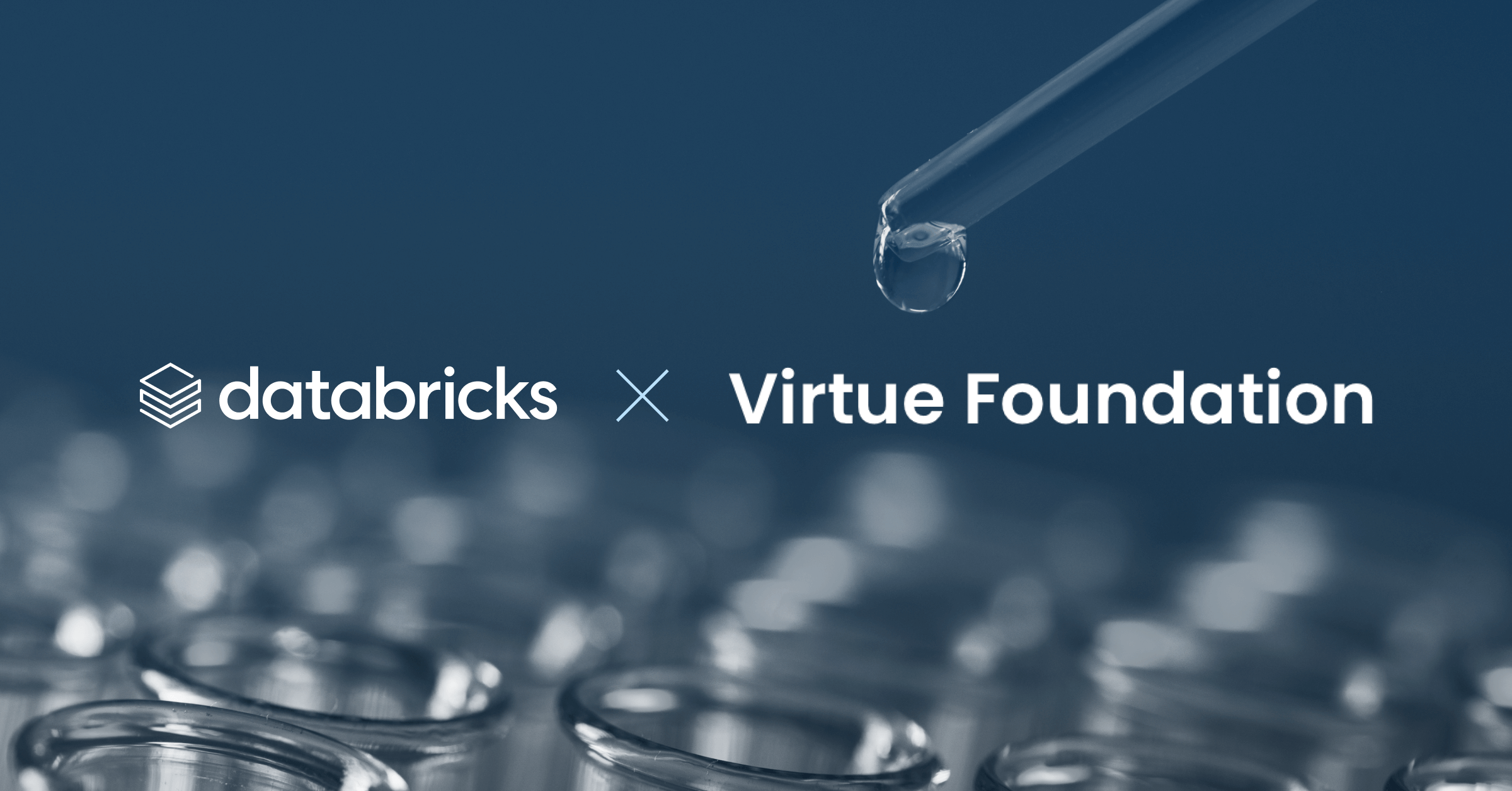Reinventing Government with the Databricks Data Intelligence Platform

Summary
- Unifies fragmented government data with a secure, open lakehouse architecture for AI and analytics.
- Strengthens governance with Unity Catalog for compliance, access control, and collaboration.
- Accelerates insights through built-in AI/BI tools, predictive analytics, and customizable AI agents.
NOTE: This blog is adapted from this Databricks Data + AI Summit Video
Across every level of government, data is no longer just a byproduct of operations—it’s the key to improving citizen services, reducing waste, and making faster, more informed decisions. Federal mandates are reinforcing this shift as well. The IT Modernization Executive Order and the Federal Data Strategy have together laid the groundwork for a more resilient, forward-looking government by modernizing infrastructure and elevating data as a strategic asset. Building on that foundation, the Executive Order on Artificial Intelligence and directives to stop waste, fraud, and abuse highlight the need for advanced analytics and trustworthy data to both drive innovation and safeguard taxpayer dollars. Collectively, these initiatives make clear that becoming data-driven is no longer optional. However, as many public sector agencies are all too aware, the path to becoming truly data-driven is fraught with complexity.
Legacy systems, siloed data environments, and inconsistent tools have made it difficult—if not impossible—for agencies to extract timely insights or implement AI responsibly. The result is missed opportunities to reduce fraud, democratize data between agencies, and modernize operations to elevate mission outcomes.
Databricks is helping government agencies rethink that reality.
A New Foundation for Government Data
At the core of Databricks’ vision is a unified platform that brings together data and artificial intelligence in a single, seamless environment. Known as the Data Intelligence Platform, it blends the openness and scalability of a lakehouse architecture with enterprise-grade governance, real-time analytics, and powerful machine learning capabilities. The result is a simplified, secure foundation that enables agencies to break down silos and collaborate across teams with confidence.
Government data systems have long been fragmented—transactional workloads live in one place, analytics in another, and data lakes somewhere else entirely. Fraught with legacy systems that are not based on open standards, data sharing and integration become challenging and very expensive. In addition, each layer often holds its version of the truth, making it difficult to align efforts or respond quickly. This disjointed approach not only drives up costs and complexity but also undermines the accuracy, timeliness, and trustworthiness of the insights agencies rely on.
Databricks replaces fragmentation with a modern lakehouse architecture—a cloud-native platform that unifies data engineering, analytics, and AI. Supporting open formats like Delta Lake and Iceberg allows agencies to maintain full control of their data within secure cloud environments, integrate and share data more easily, and use the best analytics tools for each mission. The result: less data movement, lower risk, and freedom from vendor lock-in.
More importantly, this streamlined architecture ensures that data is no longer just collected—it’s curated, governed, and immediately usable by analysts, operators, and decision-makers across the organization.
Governance That Enables Collaboration
Security and governance aren’t just checkboxes in the public sector—they’re mission-critical. Whether it’s financial data, personnel records, or sensitive operational metrics, agencies must manage access with precision, maintain full auditability, and comply with a wide range of regulatory requirements. Databricks addresses this with Unity Catalog, a built-in governance layer that sits directly on top of the lakehouse architecture. It provides a centralized, scalable way to manage data access, classify sensitive information, and maintain trust across teams and systems.
With Unity Catalog, agencies can implement fine-grained, role-based access controls across all their data assets—not just tables, but also files, dashboards, and even AI models. For example, an analyst at a state health department might be granted access to aggregated public health trends, while access to raw patient-level data remains restricted to authorized clinical researchers. It also enables end-to-end data lineage and auditability, so agencies can trace exactly where data came from, how it was transformed, and who accessed it—critical for compliance with Zero Trust or agency-specific data-sharing agreements.
For agencies that need to collaborate securely, Unity Catalog supports federated access, allowing teams to query and analyze data in external sources—like legacy warehouses or operational databases—without needing to physically move or duplicate the data. And because sensitive data can’t be treated as an afterthought, Unity Catalog can automatically detect and tag personally identifiable information (PII) as it’s ingested—flagging items like Social Security numbers, addresses, or birthdates—so appropriate protections can be applied from the start.
The result is a governance model that’s not only robust and secure, but also flexible enough to support modern use cases like AI adoption, interagency collaboration, and open data initiatives, without ever losing control of the data.
Eliminating Silos with Secure Data Sharing
Inter-agency and intra-agency collaboration—a key requirement within the executive order to stop waste, fraud and abuse— is often hindered by siloed systems and proprietary formats. Databricks supports open data sharing via Delta Sharing, an open protocol that allows secure data exchange across regions and cloud providers. This flexibility ensures unclassified or mission-critical datasets can be accessed where and when they’re needed, without duplicating data.
Accelerating Insights with Built-in AI Tools
Even once agencies unify their data, delivering timely insights remains critical—especially when decisions impact citizen services, regulatory compliance, or real-time operations. Databricks addresses this gap directly with native AI-powered business intelligence capabilities that let government teams explore data and generate insights on the fly—no specialized coding skills required.
The platform includes Databricks AI/BI, a set of tools designed to accelerate how analysts and stakeholders interact with data. Instead of relying on technical teams to write queries or build dashboards from scratch, users can simply describe what they’re looking for. Behind the scenes, Databricks Assistant converts those natural language prompts into SQL to generate the necessary datasets and visualizations. For example, rather than manually assembling performance metrics from multiple systems, a workforce development analyst could type, “Show me wage data by county for Q2,” and get an instant chart—built from trusted, curated data sources governed by Unity Catalog.
The platform also supports predictive analytics directly inside dashboards. Agencies can add forecasting models to their existing visualizations to project outcomes like service demand, incident response times, or budget utilization. This allows them to not only see what’s happening now but also anticipate future needs, all within the same workflow.
To further streamline the insight-to-decision cycle, Databricks includes AI/BI Genie, a conversational AI agent made up of multiple purpose-built AI models. What makes AI/BI Genie unique is its deep integration with Unity Catalog—it understands the metadata, data types, and even column-level descriptions associated with each dataset. This allows it to answer more nuanced questions with context-aware responses. AI/BI Genie also learns over time. As users interact with it—asking questions, providing feedback, correcting errors—it continuously improves its responses, helping agencies improve accuracy without needing to involve a developer or data steward in every step.
For government teams ready to build more customized solutions, Mosaic AI delivers a full-featured environment to develop and deploy agent systems tailored to their domain. Agencies can fine-tune open-source models, integrate their own data using retrieval augmented generation (RAG), leveraging a vector database, or connect to proprietary LLMs like OpenAI—all within a secure MLOps framework that ensures models are governed, auditable, and scalable.
From accelerating day-to-day analytics to powering agency-specific AI agents, the Databricks platform is designed to democratize data access while still meeting the public sector’s highest standards for control, compliance, and context.
A Strategic Foundation for the Future
Databricks doesn’t just offer a better way to manage data—it enables a strategic evolution in how government agencies deliver services, detect fraud, enforce compliance, and collaborate. Whether it’s through scalable data pipelines, secure AI workflows, or open data sharing across domains, the platform empowers governments to truly become data-driven organizations.
Modernizing government is no small task—but with a strong data foundation, it's not only possible, it's transformative.
Ready to transform your agency into a truly data-driven organization?
Discover how the Databricks Data Intelligence Platform can unify your data, simplify governance, and accelerate AI-powered insights — driving better outcomes for your mission and the citizens you serve. Learn more today.
Never miss a Databricks post
What's next?

Product
November 26, 2024/6 min read
How automated workflows are revolutionizing the manufacturing industry

Healthcare & Life Sciences
December 19, 2024/5 min read